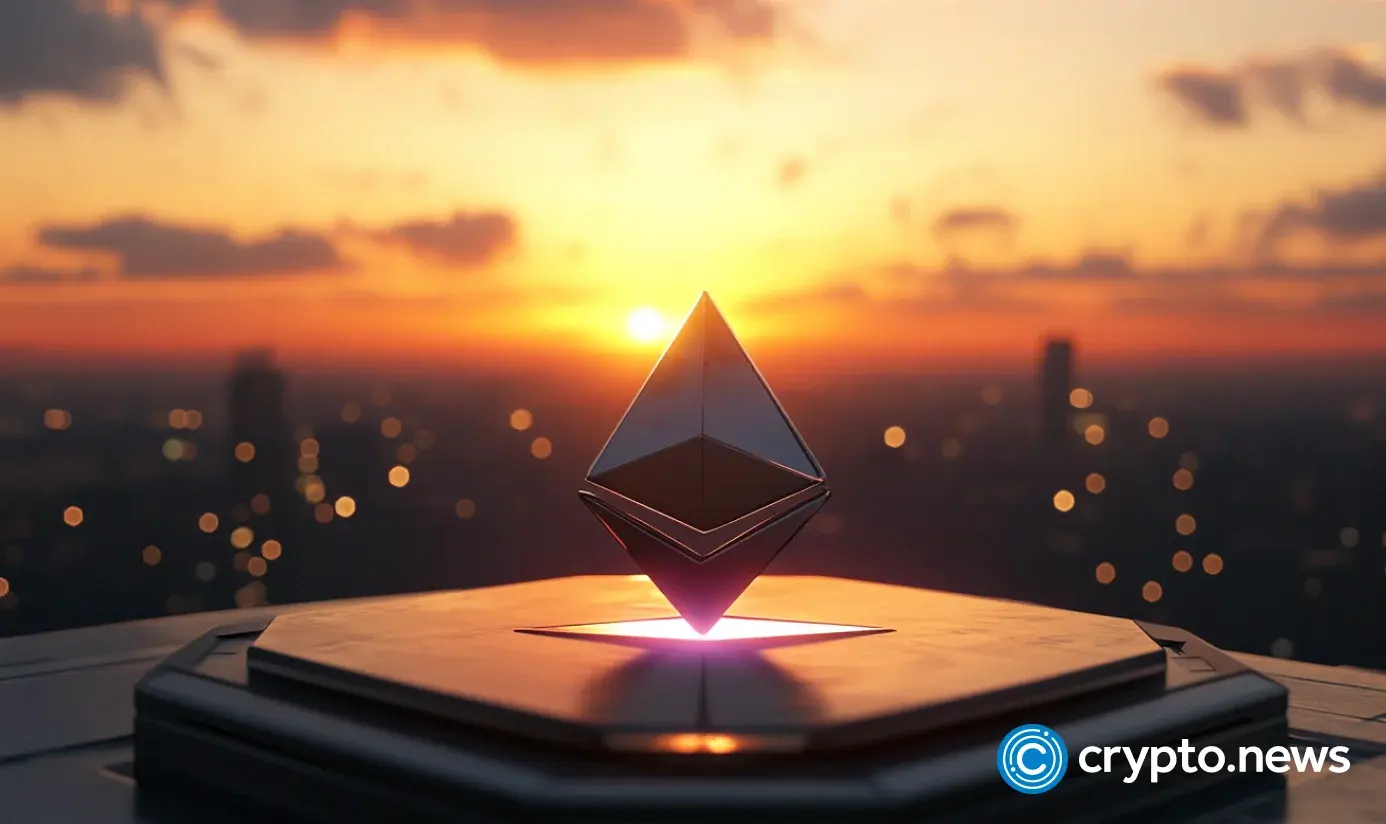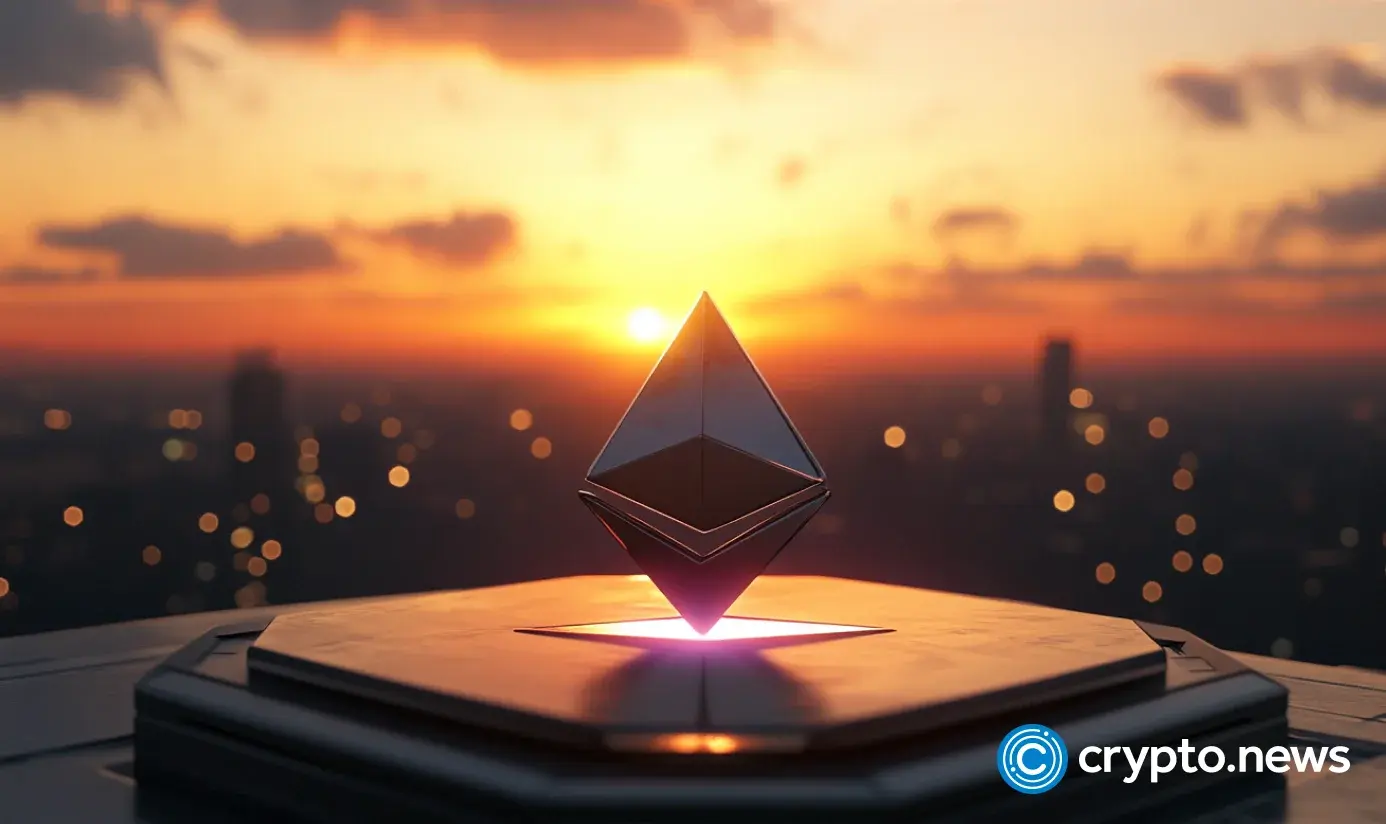

Ethereum’s next big upgrade, Fusaka, is expected to launch in November with a focus on improving performance and security behind the scenes, rather than adding new features for users.
Summary
- Ethereum’s next big upgrade, Fusaka, is set to go live in early November, bringing a batch of technical improvements under the hood.
- Unlike recent upgrades that introduced user-facing features, this one focuses on boosting performance, scaling, and node security.
- It’s part of Ethereum’s faster release cycle and aims to keep the network running smoothly as demand grows.
Ethereum‘s next protocol upgrade, codenamed Fusaka, is entering its final testing and planning stages, with a mainnet activation tentatively scheduled for early November 2025.
Arriving roughly six months after the Pectra hard fork, Fusaka continues Ethereum’s accelerated upgrade cadence and focuses on behind-the-scenes improvements aimed at enhancing performance, scalability, and node resilience, especially for client developers and infrastructure providers.
Unlike Pectra, which delivered user-facing features like account abstraction and higher validator limits, Fusaka will not alter smart contract behavior. Instead, it bundles 11 Ethereum Improvement Proposals that refine core protocol parameters, improve security, and optimize gas efficiency.
Who proposed and why
One of the key proposals, EIP-7825, helps protect nodes from being overwhelmed by spammy or harmful messages. Another major change on the table is raising the block gas limit to 150 million, which would let more transactions fit into each block, but it also comes with trade-offs like slower block spreading and more strain on the network’s data storage.
Although EIP-7907 — which aimed to double the contract code size limit and introduce new gas metering rules — was considered, it was ultimately dropped to avoid testing delays. It may be revisited in a future fork.
2/7 🧵 Fusaka
▶️ devnet updates
▶️ It's just the middle of 2025 & we have lots of time to ship Fusaka this year, right?
WRONG. If we want to ship by Devconnect, we need our timeline TIGHT.
We'll go over that in detail. Can we get client releases in the ~next month & a half? 😳 pic.twitter.com/GUzNucsQbo— nixo.eth 🦇🔊🥐 (@nixorokish) July 16, 2025
Community voices have also weighed in. Ethereum protocol support member Nixo has urged the team to stick to a strict timetable so that Fusaka lands before Devconnect, a key developer conference, emphasizing the importance of timely client releases in the next month and a half.
What’s in the box
Here’s a bite‑sized look at some of the headline features Fusaka will bring:
- Higher gas limit. Raising the block gas limit to 150 million units so each block can include more transactions. This helps lower fees and speeds up the network under heavy demand.
- Security boosts (EIP‑7825). New checks to guard against certain attack patterns, making nodes more robust and reducing the risk of network disruptions.
- Code size and metering adjustments. Although EIP‑7907— which would double the code size limit and add new gas charges — was pulled to speed testing, future forks may possibly revisit it.
Overall, these changes won’t noticeably affect how most smart contracts work. Instead, they’ll help the network handle more traffic in a safer and more efficient way.
How did we get here
Ethereum follows a roughly six‑month upgrade cycle. The last major fork, Pectra, went live in May, bringing features like account abstraction and higher staking limits. Shortly after Pectra’s release, discussions began about the next step, and Fusaka rose to the top of the list by mid‑2025.
Behind the scenes, Ethereum’s AllCoreDevs meetings, regular gatherings of protocol teams, debated which EIPs to bundle. On Aug. 1, the final set of EIPs for Fusaka will be confirmed and frozen, giving client teams a month or two to bake in the changes. Ethereum’s upgrade path for Fusaka looks like this:
- Devnet launch. The first developer‑only network went live in mid‑July 2025, letting researchers and node‑software teams test new code in a controlled setting.
- Public testnets. Two public testnets are scheduled for late September and October 2025, opening the door to broader community testing and bug‑hunting.
- Mainnet hard fork. Barring any major setbacks, Fusaka is slated to activate on the Ethereum mainnet in early November, ideally before the Devconnect conference in Buenos Aires (Nov. 17-22).
If everything goes smoothly, developers will tally up testnet results in November and roll out the upgrade at a pre‑announced block height, ensuring all nodes upgrade together.
In the long run, users stay on blockchains that are fast, cheap, and secure. Fusaka isn’t a major overhaul, but it’s a meaningful step to help Ethereum stay competitive with faster chains and layer-2s. By raising capacity and strengthening defenses, it could make the network more welcoming for DeFi apps, games, and other use cases.

Source link

